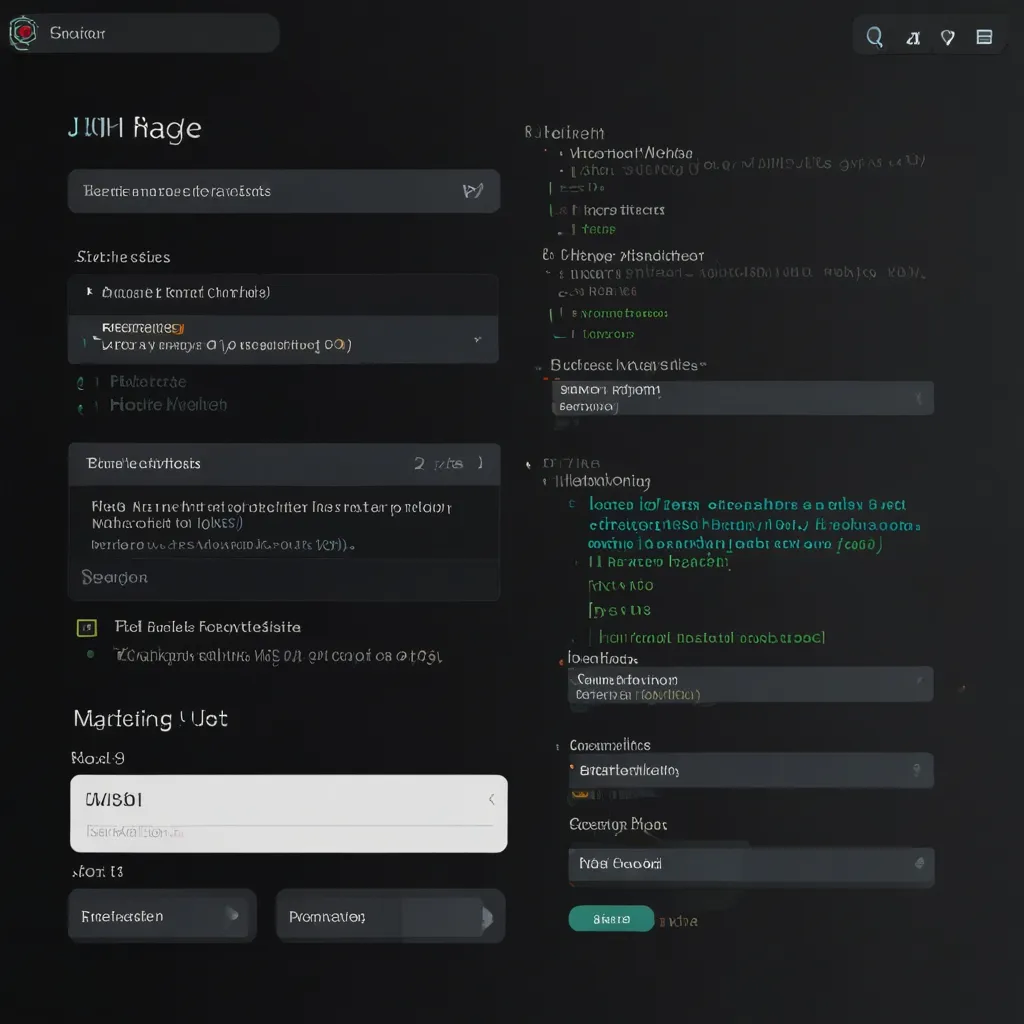As a developer who has spent countless hours wrestling with outdated API documentation, I understand the frustration that comes with mismatched specs and reality. There’s nothing worse than building against an endpoint only to find the parameters have changed, the response format is different, or—worst of all—the endpoint no longer exists. I’ve been on both sides of this equation: as a consumer of APIs relying on inaccurate docs, and as a developer too busy shipping features to keep the documentation current.
That’s why I became such a strong advocate for automating API documentation. The concept is straightforward: instead of treating documentation as a separate artifact, we treat it as a natural byproduct of our code. By embedding structured annotations directly into our source, we enable tools to parse, interpret, and generate accurate, up-to-date documentation every time the code changes. It turns documentation from a chore into something that happens almost effortlessly.
Let me show you what this looks like in practice. In JavaScript, JSDoc annotations provide a clean, readable way to describe our code right where it matters.
/**
* Creates a new user in the system
* @route POST /users
* @param {UserCreate} request.body.required - User creation data
* @returns {User} 201 - Successfully created user
* @returns {Error} 400 - Invalid input data
* @returns {Error} 409 - User already exists
*/
app.post('/users', async (req, res) => {
const { name, email, password } = req.body;
if (await User.exists({ email })) {
return res.status(409).json({ error: 'User already exists' });
}
try {
const user = await User.create({ name, email, password });
res.status(201).json(user);
} catch (error) {
res.status(400).json({ error: 'Invalid input data' });
}
});
These annotations aren’t just comments—they’re machine-readable specifications. Tools like Swagger UI or Redoc can scan these blocks and understand that this is a POST endpoint expecting a UserCreate object in the body, and what possible responses it might return. The documentation stays in sync because it lives with the code. If I change the endpoint parameters, I must update the annotation right there, or my linter might even catch the discrepancy.
The beauty of this approach is how it scales. When working on large projects with hundreds of endpoints, manual documentation becomes practically impossible to maintain. But with automation, every developer contributes to the documentation simply by writing their code properly. It becomes part of our definition of done—no endpoint is complete without its corresponding annotations.
Configuration plays a crucial role in shaping the final output. Most documentation generators use configuration files to define metadata, styling, and output format.
# .redocly.yaml
apis:
main:
root: ./openapi/main.yaml
output: build/docs/main.html
features:
openapi:
htmlTemplate: ./docs/template.html
theme:
colors:
primary:
main: '#3366CC'
success:
main: '#00CC66'
warning:
main: '#FF9900'
error:
main: '#CC3300'
This configuration tells the documentation generator where to find my OpenAPI specification, where to output the built documentation, and how to style it. I can customize the colors to match my company’s branding, add custom templates, and even configure multiple API versions side by side.
The real magic happens when we integrate this process into our CI/CD pipeline. I set up my projects to automatically rebuild documentation on every merge to main. This means the public documentation always reflects the latest deployed version. Here’s a simple GitHub Actions workflow that handles this:
name: Build and Deploy Documentation
on:
push:
branches: [ main ]
jobs:
build-docs:
runs-on: ubuntu-latest
steps:
- uses: actions/checkout@v3
- name: Generate OpenAPI spec
run: npx swagger-jsdoc -d swagger-definition.js -o openapi.json
- name: Build Redoc documentation
run: npx redoc-cli bundle openapi.json -o docs/index.html
- name: Deploy to GitHub Pages
uses: peaceiris/actions-gh-pages@v3
with:
github_token: ${{ secrets.GITHUB_TOKEN }}
publish_dir: ./
This workflow checks out the code, generates the OpenAPI specification from my JSDoc annotations, builds the HTML documentation using Redoc, and deploys it to GitHub Pages. The entire process happens automatically whenever I push to the main branch.
But automated documentation isn’t just about static reference material. The most powerful implementations offer interactive features that let consumers test API calls directly from the documentation. I’ve seen this dramatically reduce the time it takes for other developers to integrate with my APIs.
When someone visits my automated documentation, they don’t just see parameter lists and response examples—they get a fully functional API console. They can enter values, click execute, and see real responses from the actual API. This immediate feedback loop is invaluable for understanding how the API works in practice.
The benefits extend beyond external consumers. I find that well-annotated code serves as excellent internal documentation too. New team members can understand the API structure by reading the annotations, and IDE extensions can provide intelligent autocomplete based on the same information.
TypeScript users get additional benefits from the language’s built-in type system. When combined with tools like TypeDoc, we can generate incredibly detailed documentation that includes type information automatically.
interface ApiResponse<T> {
data: T;
meta: {
total: number;
page: number;
limit: number;
};
}
/**
* Paginates through user records
* @route GET /users
* @param {number} page.query - Page number (default: 1)
* @param {number} limit.query - Items per page (default: 20)
* @returns {ApiResponse<User[]>} 200 - Paginated user list
*/
app.get('/users', async (req, res) => {
const page = parseInt(req.query.page as string) || 1;
const limit = parseInt(req.query.limit as string) || 20;
const users = await User.find()
.skip((page - 1) * limit)
.limit(limit);
const total = await User.countDocuments();
res.json({
data: users,
meta: { total, page, limit }
});
});
The TypeScript interface provides strong typing, while the annotations add the semantic meaning needed for documentation. Together, they create a comprehensive picture of what the API does and how to use it.
I’ve implemented this approach across multiple projects now, and the results have been consistently positive. Development teams spend less time writing and maintaining documentation, support requests decrease because consumers have accurate information, and the overall quality of the API experience improves dramatically.
The initial setup requires some investment—getting the tooling configured, establishing annotation standards, and integrating with CI/CD—but the long-term benefits far outweigh the upfront costs. It’s one of those improvements that pays dividends every single day thereafter.
What I appreciate most about automated API documentation is how it aligns with modern development practices. It’s reproducible, testable, version-controlled, and integrated into our workflows. The documentation becomes living documentation—always current, always accurate, and always valuable.
This approach has transformed how I think about API development. Instead of documentation being an afterthought, it’s now a first-class concern that we address through code itself. The result is better APIs, happier consumers, and more efficient development teams.






